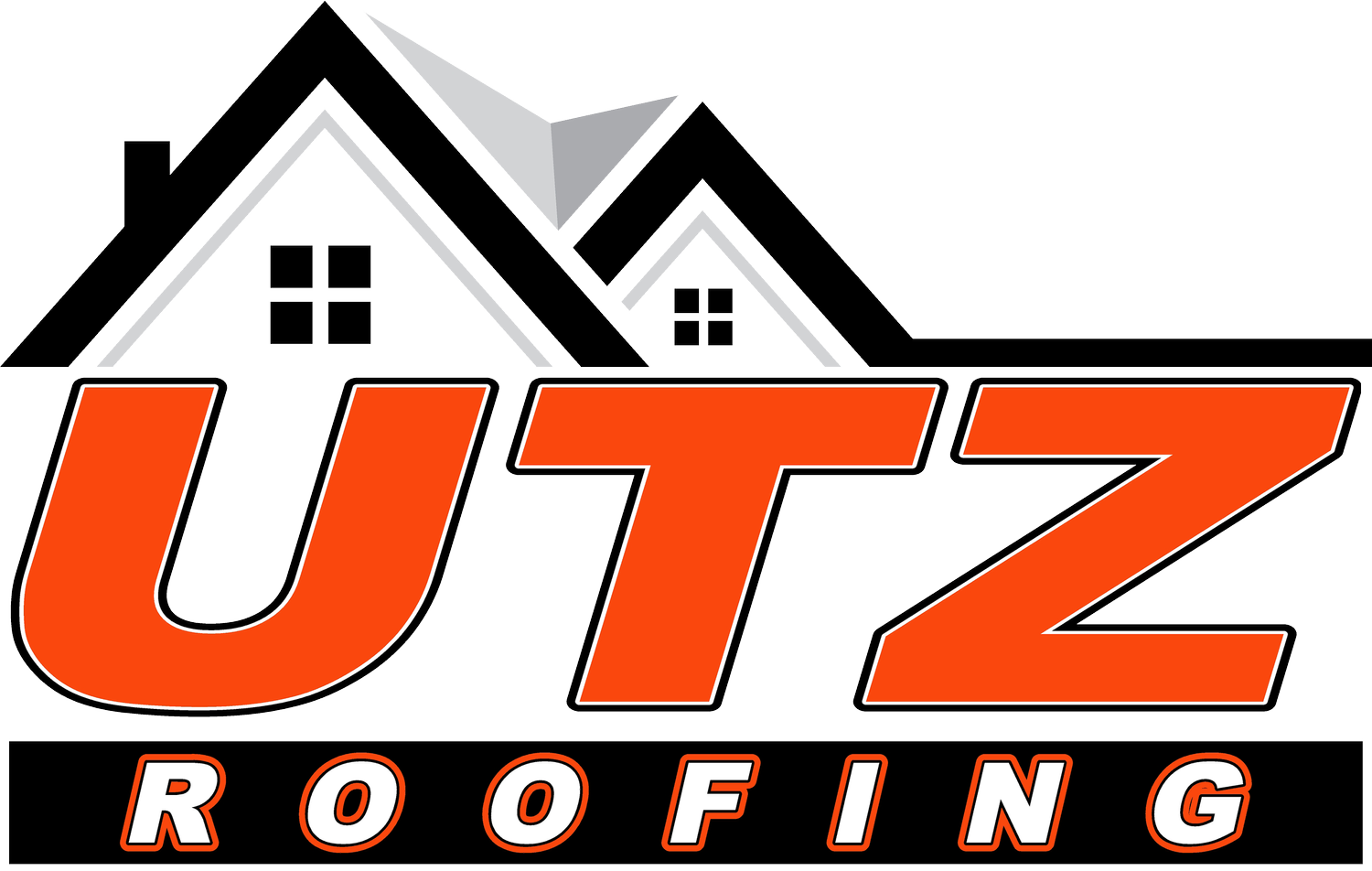Shingle Nailing Patterns: Why Proper Installation Matters
For home buyers in Villa Ridge, Missouri, choosing a new home or building one from the ground up comes with many decisions. While aesthetics and layout get most of the attention, the hidden details in roof construction often have a more lasting impact. One such detail that can make or break your roof’s performance is the way shingles are nailed.
At Utz Roofing, we understand that proper shingle nailing patterns aren’t just a technicality—they’re a key part of your roof’s durability, weather resistance, and manufacturer warranty. Unfortunately, it's also one of the most common areas where shortcuts happen, especially with inexperienced installers.
What Are Shingle Nailing Patterns?
Shingle nailing patterns refer to the specific placement and number of nails used to fasten asphalt shingles to the roof deck. These patterns aren’t randomly chosen—they follow strict manufacturer guidelines and building codes.
There are typically two main types of shingle nailing patterns used in residential roofing:
Standard nailing pattern: Typically uses four nails per shingle, placed in specific locations to secure the shingle to the deck
High-wind nailing pattern: Often requires six nails per shingle for added resistance, especially in areas prone to strong winds like Missouri
The goal of proper shingle nailing patterns is to ensure that every shingle stays flat, resists wind uplift, and allows the next row of shingles to cover the nails securely. Done right, it results in a long-lasting, weather-tight roof. Done wrong, it can compromise your entire roof system.
Why Shingle Nailing Patterns Matter
The shingle nailing patterns directly affect how well your roof performs in different weather conditions. Improper nail placement or the wrong number of nails can lead to serious problems, such as:
Shingle blow-offs during storms
Premature wear and curling
Leaks due to lifted shingles or exposed fasteners
Voided manufacturer warranties
Failure to meet local building codes
For homeowners in Villa Ridge and surrounding towns like Union and Eureka, Missouri’s mix of wind, rain, and snowfall means every nail counts. Our team at Utz Roofing makes sure that every shingle is secured using the correct shingle nailing patterns from start to finish.
Common Nailing Mistakes We See
When we perform roof repairs or inspections on improperly installed roofs, these are the most common mistakes we encounter:
Nails driven too high: If nails are placed above the designated nailing line, the shingles may not seal properly or resist wind uplift
Underdriven nails: These don't fully penetrate the shingle or sheathing, leading to loose shingles
Overdriven nails: These break through the shingle surface, reducing holding strength and creating leak points
Angled nails: These may cause shingles to crack or sit unevenly
Too few nails: Using fewer nails than required leaves shingles vulnerable, especially along roof edges and ridges
Every one of these errors can lead to early shingle failure—proving just how critical proper shingle nailing patterns are to roof longevity.
Shingle Nailing Patterns and Missouri Weather
Missouri’s weather puts roofs to the test. Between spring hailstorms, high winds in fall, and freeze-thaw cycles in winter, shingles must be installed to the highest standard. Shingle nailing patterns that don’t follow best practices can lead to leaks and failures during the very storms they’re meant to withstand.
That’s why Utz Roofing always considers wind zones, roof pitch, and shingle type when deciding on a nailing strategy. We don’t take shortcuts—and we never rely on guesswork.
How Utz Roofing Ensures Precision
Our roofing crews are trained and certified in manufacturer-approved shingle nailing patterns. We use chalk lines, depth gauges, and coil nailers set to proper pressure. Every installation is double-checked by a project supervisor to confirm:
Correct number of nails per shingle
Precise nail placement within the nailing strip
Proper nail angle and depth
Full adherence to product warranty guidelines
This approach ensures your roof will last, your warranty will stay valid, and your investment is protected.
Local Case Study: A Roof Rescue in Villa Ridge
We were recently called to inspect a home in Villa Ridge that had suffered repeated shingle blow-offs despite being just three years old. Upon inspection, we discovered nails had been placed too high—completely missing the reinforced nailing zone on every shingle.
Our team removed the faulty shingles, reinforced the decking, and reinstalled the entire slope using the manufacturer’s specified high-wind shingle nailing pattern. The result? No more leaks, no more lost shingles, and a full manufacturer warranty back in place.
Final Thoughts
Shingle nailing patterns might seem like a small detail, but they make a big impact on your home’s durability. Whether you’re building new or replacing an aging roof, make sure the installation crew follows the right pattern—your roof’s lifespan depends on it.
At Utz Roofing, we serve Villa Ridge and surrounding areas with precision, transparency, and care. If you want your roof installed right the first time, call us today and let us show you why proper shingle nailing patterns make all the difference.
